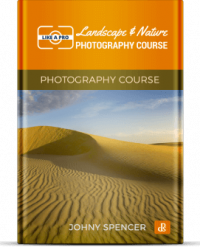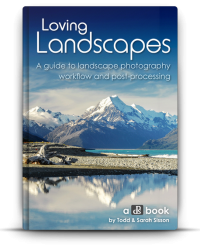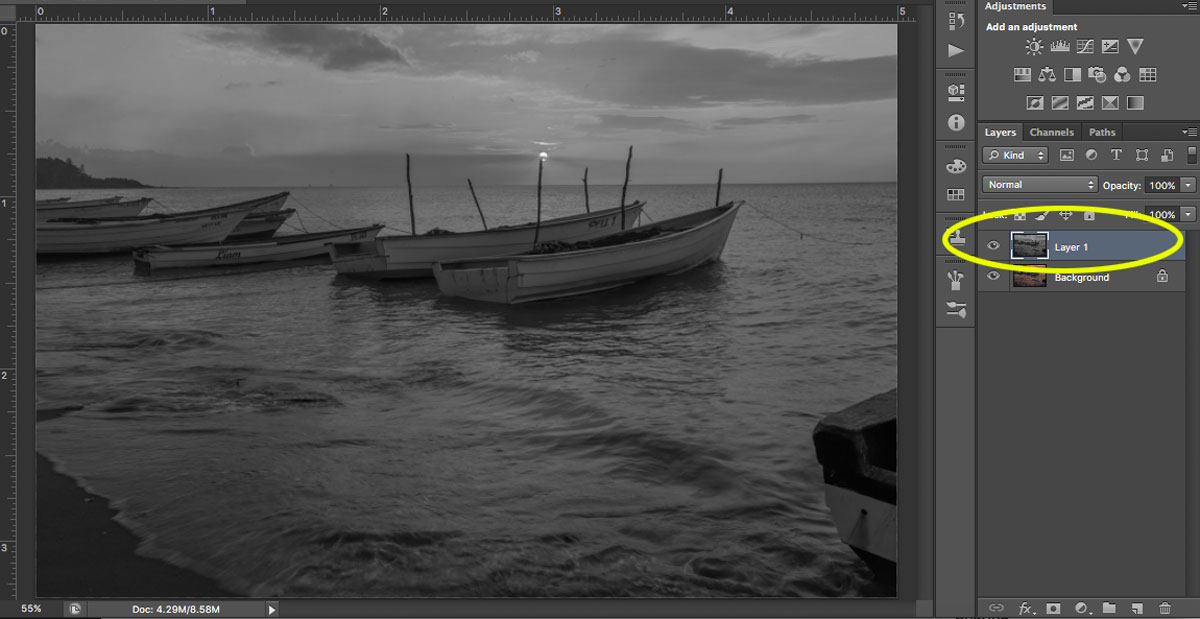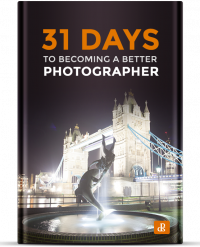7 Tips for Stunning Black and White Photography (Comprehensive Guide)
How do you achieve stunning black and white photography?
Black and white photography is one of the most intimidating genres out there, mostly because it’s associated with lots of established names, as well as the “fine art photography” label.
But here’s the thing:
Black and white photography isn’t actually difficult. In fact, it’s just like any other genre of photography: There are a few tips and tricks that, once you apply them to your shooting process, will instantly improve your black and white photos.
And that’s what this article is all about. I’m going to share with you seven tips for stunning black and white photography. And you’ll come away with the ability to take masterful black and white photos wherever you go.
Sound good?
Let’s dive right in:
1. Shoot in high-contrast light for the most impactful photos
Here is the number one thing you need to remember about black and white photography:It’s all about the contrast.
In fact, if that’s all you take away from this article then you’ll have profited enormously, because contrast is the lifeblood of black and white photography.

Now, there are a number of ways to create contrast in your photos. And I’ll explore these different techniques below.
So let’s start at the very beginning:
With light.
If you can’t make the light work for you, your black and white photos are just going to look like a muddy mess. Instead, you need to recognize the type of light you’re working with, and you need to try to use that light to achieve as much contrast as possible.
The best light for black and white photography is (no surprise!) high-contrast light. More specifically, light on sunny days.
If you’ve explored other genres of photography, you’ll know that light on sunny days is harsh, it’s unpleasant, and it just doesn’t look good.
Unless you’re a black and white photographer.

Because bright, sunny light enhances dark tones and creates intense light tones. This looks amazing in black and white photos, and it’ll really take your black and white images to the next level.
If you want to do some shooting but end up with softer golden tones from later in the afternoon or early in the morning, you can try using heavy backlighting to create additional contrast.
2. Find contrast-heavy tones and put them together
You already know about the importance of contrast in black and white photography. And you know about the importance of using contrast-heavy light.But even once you’ve got the best light, you still have to make sure that the tones of your photo lend themselves to the overall black and white look.

Now, the best black and white tones are very dark and very light. For instance, a great black and white might include a white sky and a dark house, or a bright character standing in front of a black building.
So when you’re out and about, look for tones that contrast. Try not to think in terms of colors, because the colors will just distract you. Instead, think about the relative brightness of tones.
And look for blacks and whites that go together.

Once you’ve found them, however, you’re going to need to follow a piece of compositional advice:
3. Simplify your black and white photos as much as possible
All photography, for the most part, benefits from a simple composition.However, black and white images benefit from a simple composition the most. This is because black and white photography is meant to be simple. It has no complex colors. No chaotic color-contrasts.
Instead, it’s just…black and white.

So whenever you go to take your black and white shots, stop and think. Consider whether there are ways to simplify the shot.
Could you remove something distracting in the background? Could you use a wide aperture to make the background blur more? Could you change your angle so as to create a more non-distracting option!
Do anything you can to make your shot simple.
Simpler is better, all else being equal.
4. Try to capture raw emotion for compelling black and white photography
Here’s one of the great things about black and white photography:It’s a genre that loves to capture emotion.
The smile of a person on the street. The laugh of a person crossing the road. The frown of a sad child.

These are all very photographable moments, moments that you shouldn’t miss out on. And black and white is the perfect way to record it.
In fact, I recommend you try to capture emotion with black and white photography. The somber look of a high-contrast black and white will take emotion and make it even more powerful in a photo. It might even give you a three-dimensional effect.
5. Use minimalism to make your compositions stand out
What is minimalism?Minimalism is a compositional technique that emphasizes intense simplicity. And not the simplicity as I explained above, but a true, deep simplicity – one that’s built into the composition.
Let me explain:
Minimalism uses lots of white space to draw attention to your main subject. White space is just empty space in a photo. (It doesn’t have to be white – it can just easily be gray or black, as long as there’s nothing going on in that part of the image).
This is a minimalistic photo:

Minimalistic photography uses the weight of negative space to emphasize your subject. So you don’t have to be afraid of photos that are extremely minimalistic. And they’re pretty easy to pull off.
To create minimalist black and white photos, I recommend you find a background that’s smooth and pure, such as a white sky. Then place your main subject small in the frame, along one of the rule of thirds power points (or even just above or below the power point).
If all goes according to plan, then you should have a beautiful minimalistic photo! Don’t be afraid to play with the placement of your subject.

6. Shoot against the sky to achieve a silhouetted look
In the previous tip, I mentioned that a white sky makes for a nice minimalistic background.And it’s true. A bright white sky can be used in a black and white photo to emphasize a darker subject, which is exactly what you want to do! When the sky’s especially bright, you might even produce a partial silhouette, where the main subject has no detail but stands out against a white background.
So here’s how it works:
Find the main subject. It can be any color, but darker tones work best.

Then get down low, so that the main subject is framed by the sky. If you’re shooting on a cloudy day, you’ll have plenty of bright light behind your subject (even if it doesn’t seem like it). If you’re shooting on a sunny day, a bright part of a blue sky should do the trick.
Experiment with different possible angles, while making sure that your main subject doesn’t overlap with anything around it or behind it.

Then experiment with different exposures. Take a few shots that are drastically underexposed, a few shots that are nicely exposed for the subject, and a few shots that are overexposed.
Eventually, you’ll find a technique you’ll like!
7. Shoot in color, then use post-processing to convert your photos
I’ve been talking all about capturing amazing black and white photos in-camera.But a big part of the black and white photography process is the post-processing. After all, this is where you should be converting your color images to black and white shots!
When you first open your photos in an editing program, they may look bland. They might even look a little bad.

But don’t worry. Because here’s what you do:
First, you drop the saturation all the way down, until it’s completely gone. This should give you a photo that’s full of grays.
Then you lift the contrast so that contrast shines through, and makes the photo pop off the page.
I also recommend boosting the Whites and lowering the shadows. This will add further contrast to the photo. It also ensures a greater tonal range overall, which looks quite good!
If you’re looking to create stunning black and white photography, then you’ve come to the right place.
You hopefully now know all about black and white photography.
All that’s left…
…is to get out and start doing some shooting of your own. Amazing photos await!

Share this article.








































 https://resources.digital-photography-school.com/ref/937/
https://resources.digital-photography-school.com/ref/937/